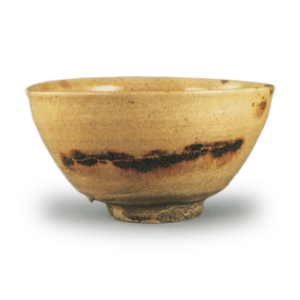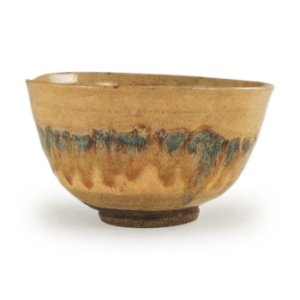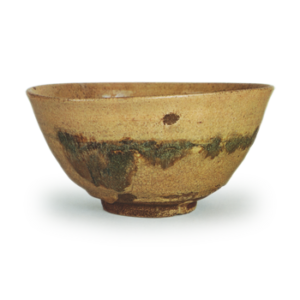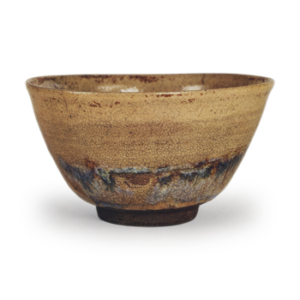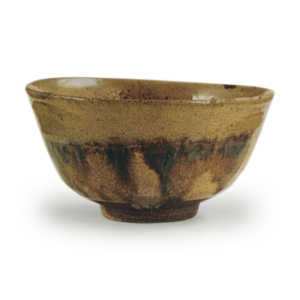Later called Tokyo Etsuke. The white ground was imported from the place of production and over-glazed in Edo. Although the date of its establishment is not known, it was probably after the production of porcelain in the Owari and Mino (Aichi and Gifu prefectures) regions. Around the time of the Meiji Restoration (1868-1912), Satsuma ware was exported using the Satsuma porcelain base and was called Satsuma-etsuke. At first, porcelain sake cups, sake cups, heated sake cups, small plates, small bowls, teapots, tea sets, and teacups were made by firing Edo landmarks or paintings of flowers, birds, and beautiful women, and were mainly bought as souvenirs by feudal lords on their way to the capital.
The kilns for firing these overglaze paintings were only about 30 cm in diameter and 30 cm high in the inner kiln, even the largest ones, and the smallest ones were only 15 cm in diameter and height.
The smallest kilns were only 15 cm in diameter and height. The distance between the kiln and the outer kiln was about 4.5 cm, and pine charcoal was placed in this space and fired for about one hour. It was Fujimura Yohei, a Kaga potter living in Hongo (Bunkyo-ku) during the Ansei era (1854-60), who improved on this method and fired a nishiki-gama using wood. From this time on, he was able to paint vases, incense burners, and platters at will. During the Ansei era, a small number of potters were established in the Bancho Goyakuen in Kudan-jo (Chiyoda-ku), where they fired amusement items for the shogunate using white ground produced in Owari and Mino. During the Edo period, these potters were commonly called “Inokuchi painters,” and Hohashi Shougetsu was the most famous from around Kaei (1848-1854) through the Meiji period. Around the time of the Meiji Restoration (1868-1912), an increasing number of painters began to use white Satsuma-brocade for their works to be exported overseas, and they used gold lines and only Japanese pigments as in the original production areas. At first, the main motifs were flowers and birds, but they also painted portraits and sometimes landscapes of pavilions. He used not only Satsuma but also Awata and Seto Satsuma for his bases, and later he began to bake his bases in Tokyo. Naruse excelled at the most detailed ceramic painting. Other famous painters included Fuwa Sodo and Kimura Tatake. The best of these works were handled by the Koritsu Kosho Company. Later, when Satsuma clay became inferior, Awata clay took its place, but the style gradually lost its freshness and declined. (History of Japanese Ceramics in the Early Modern Period)
